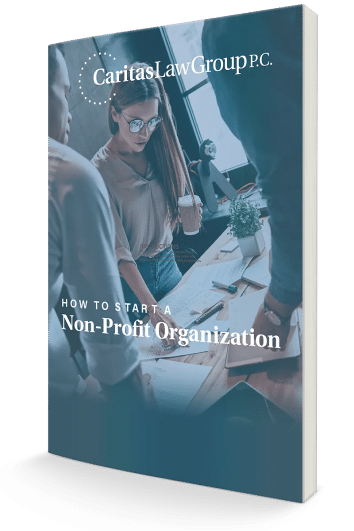Charity Lawyer Blog
Nonprofit Law Simplified

What the IRS’s 2025 Exempt Organizations Work Plan Signals for Your Nonprofit
Every summer, the IRS Exempt Organizations (EO) division releases its work plan – offering a glimpse into the agency’s priorities for oversight and enforcement. The

Florida’s New Foreign Donor Law: A Warning Shot for the Nonprofit Sector
Effective July 1, 2025, Florida is rolling out a sweeping new law that could have a serious impact on charities and their fundraising operations. Senate

What Nonprofits Should Know About Congressional “Subpoenas”
The headlines are alarming. “Senator Demands Documents from Nonprofits Over Protests.” The letters are formal, printed on Senate letterhead, and request sweeping information, donor lists,

Arizona Tax Credit Programs – Guidance for Nonprofits
Arizona’s tax credit programs offer a unique opportunity for nonprofits to expand their fundraising by enabling individual taxpayers to redirect their state tax liability directly

How Tax-Exempt Organizations Can Support Advocacy Without Risking Their Status
1. Civil Disobedience and Tax-Exempt Status The IRS has long held that organizations engaged in illegal activity or activity contrary to public policy are not

How to Handle Donor Preferences Without Breaking the Law
In recent years, charitable organizations have faced growing pressure to incorporate values of equity and representation into their donor agreements, particularly for scholarships and fellowships.

What Washington’s B&O Tax Means for Nonprofits
Washington’s Business and Occupation (B&O) Tax isn’t something most nonprofits think about—until they’re audited or receive a letter from the Department of Revenue. Unlike a

The Real Cost of the “One, Big, Beautiful Bill”
With the introduction of the tax package dubbed the “One, Big, Beautiful Bill,” Congress has made its intentions clear: extend key provisions of the 2017

Deception By Omission in Charitable Fundraising
What Is “Deception By Omission” in Nonprofit Fundraising? The Federal Trade Commission (FTC) regulates deceptive practices in charitable solicitations, including when nonprofits or professional fundraisers fail
How to Start a Non-Profit Organization

